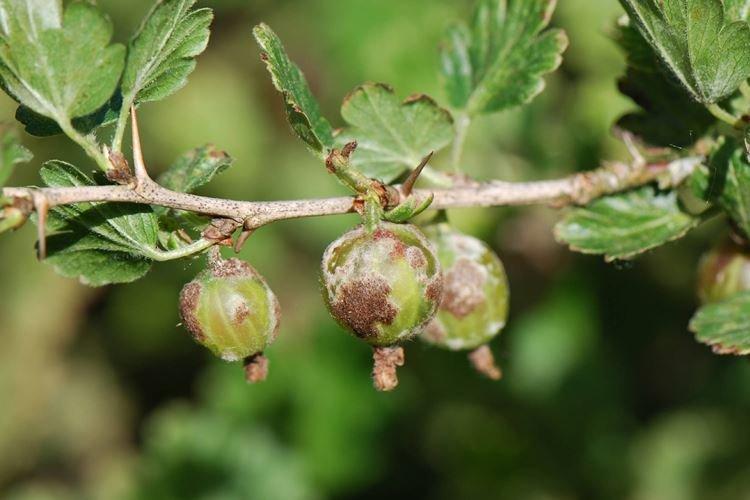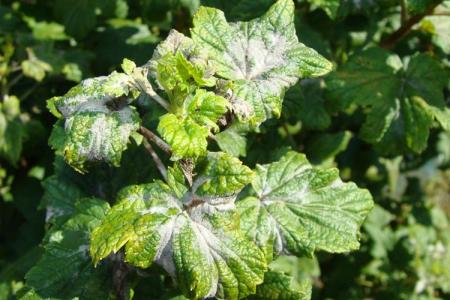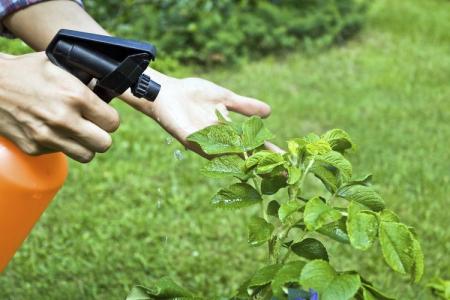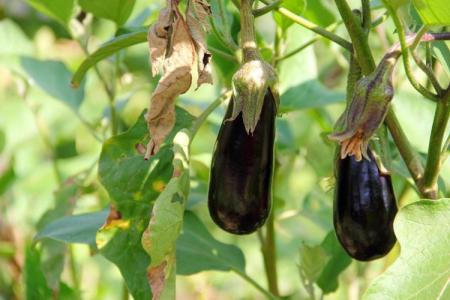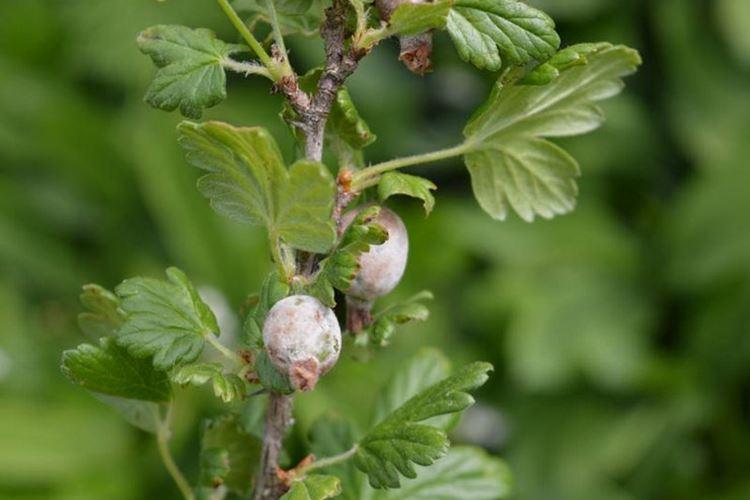
Among all gooseberry diseases, powdery mildew will unconditionally be in the first place. This is a fungus that readily multiplies in the garden, on the site and even at home. Sooner or later, every gardener will face him. Therefore, we have already learned the secrets of effective prevention and treatment. We share the best measures of struggle!
What is powdery mildew?
It is one of the most ubiquitous and most common fungi in the garden. It also affects the gooseberry, after which it leads to the death of leaves, shoots and crops. Even if the shrub survives the disease, then its immunity and resistance to frost falls.
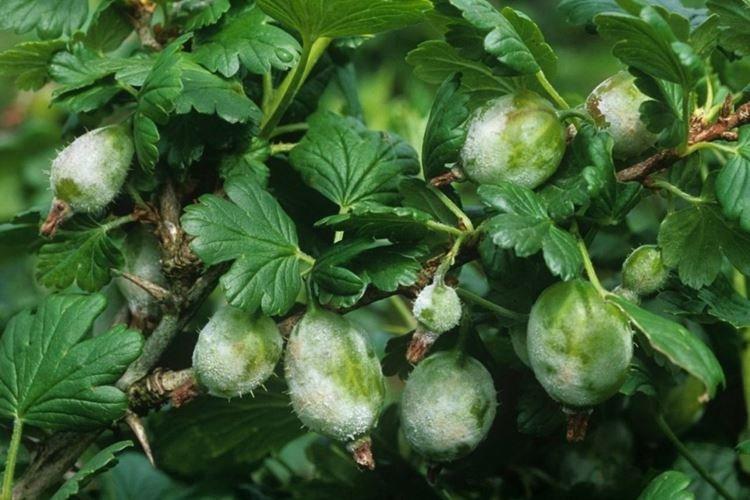
Reasons for the appearance
For the appearance of powdery mildew, even short-term changes in temperature and humidity are enough. During spring, the fungus wakes up after cold weather, and by the beginning of summer it rapidly spreads through the garden. Its appearance is facilitated by a weakened immune system due to improper care, radical pruning or other diseases.
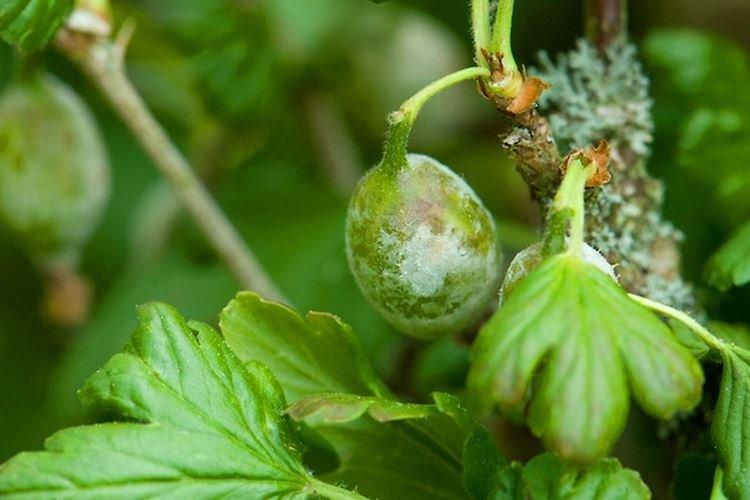
How to recognize a disease
Powdery mildew can have different pathogens, but this does not change the course in any way. Gooseberry leaves are covered with a whitish bloom that seems velvety. But we do not recommend touching it with your hands, because these are myceliums, with which the fungus multiplies.
Small spots first appear on the lower leaves and gradually become larger. Over time, they move to young shoots and even gooseberries. The branches are bent, the leaves become smaller, the flowers do not form ovaries, and the fruits rot. Over time, wet drops appear on the powdery mildew spots, and then the plant begins to darken.
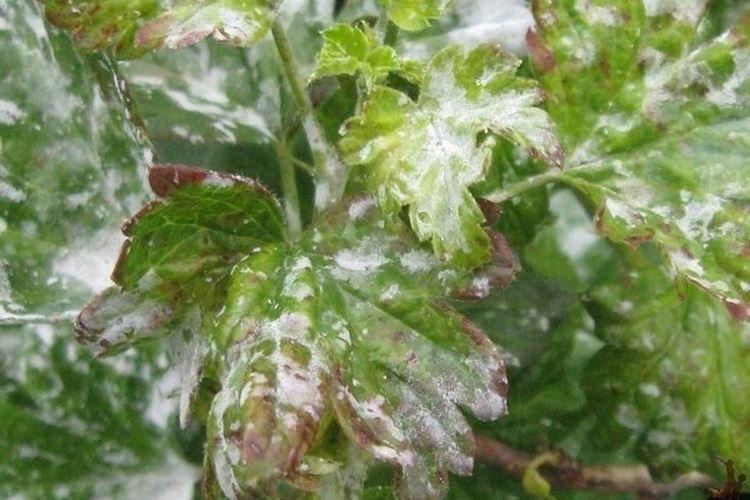
Chemicals: how to treat?
Powdery mildew often attacks plants - and this has a small advantage. The fungus is well studied and specialized fungicides effectively deal with it.
Copper sulfate
The universal component of most prophylactic and therapeutic agents can be used in pure form. For watering, dissolve 100 g of vitriol in a bucket of water and mix well.
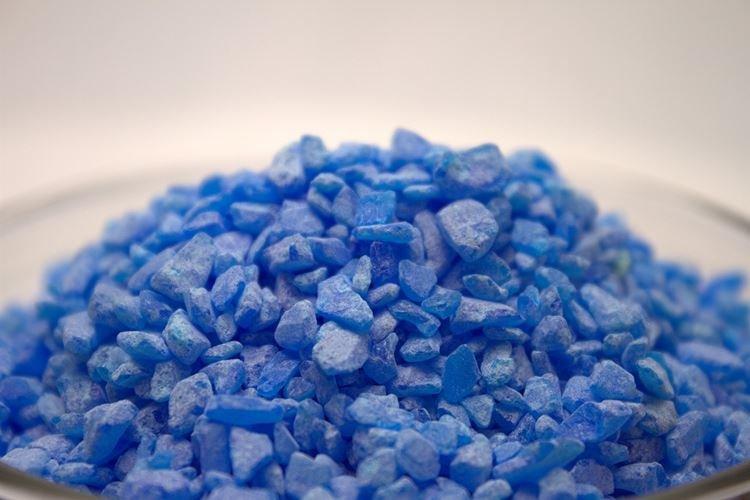
Bordeaux liquid
The real magic wand of all gardeners will surely be found in your bins. The remedy works well against dozens of fungi, diseases and other gooseberry problems.
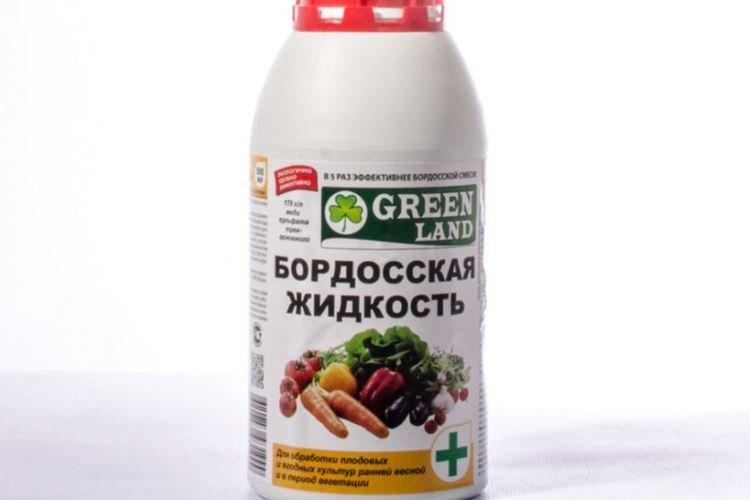
Fitosporin
This is the most popular biofungicide, which contains beneficial microorganisms that prevent the development of fungus. Its main advantage is its absolute non-toxicity, and gooseberries can be eaten after a couple of days.
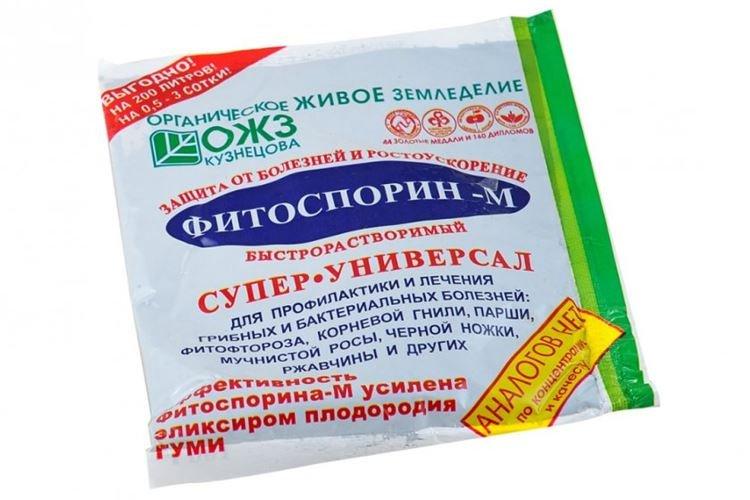
Gamair
Another biochemical drug that shows good results for the treatment of gooseberry bushes from powdery mildew. Although the product is safe for people, strictly follow the precautions and instructions.
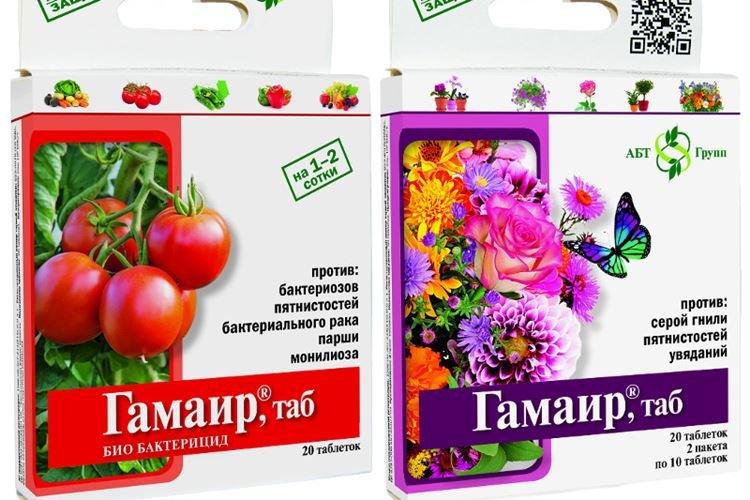
Planriz
Biofungicide is suitable for preventive treatment or if powdery mildew has already appeared. When used correctly, the drug does not affect the quantity and quality of the crop at all.
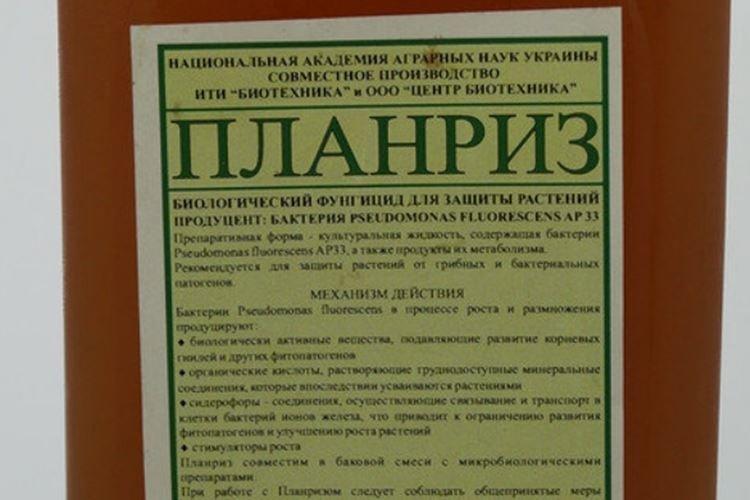
Topaz
A universal fungicide prevents fungal spores from developing and spreading further. At the beginning of the season, Topaz is used for prophylaxis, and then when the first symptoms appear.
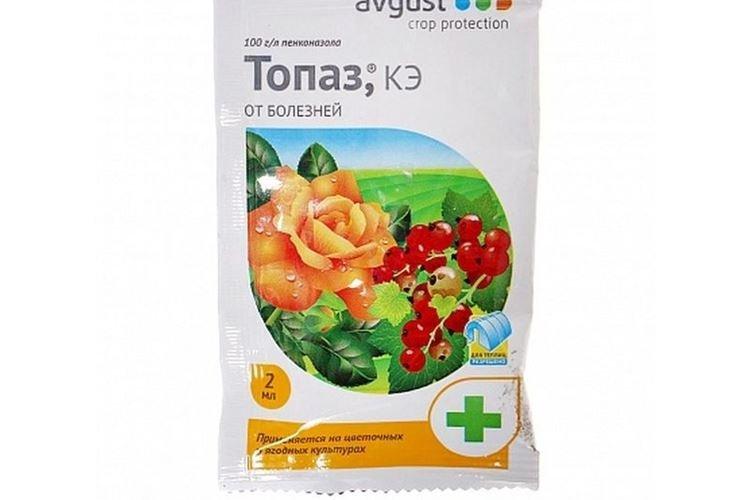
Fundazol
It is one of the best remedies for berry bushes, both for prevention and treatment. But a systematic approach is important, so the first treatment is carried out strictly before flowering, and the last - after harvesting.
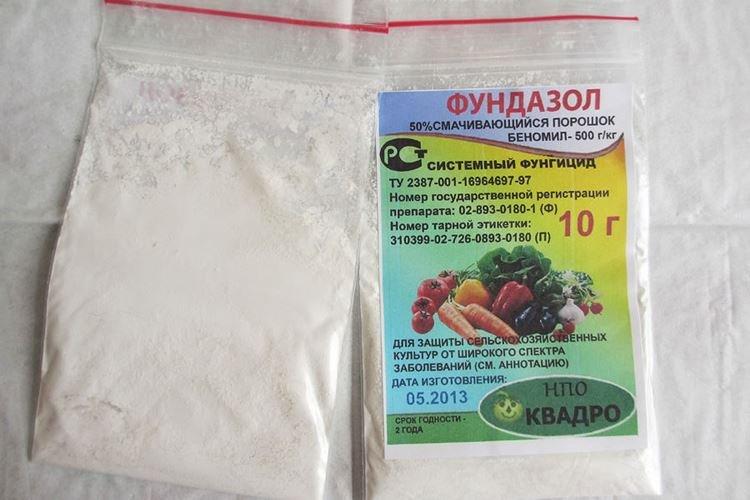
Speed
An effective broad-spectrum fungicide is good because it is not afraid of rain within a couple of hours after application. But it cannot be used immediately before harvesting - at least 3 weeks.
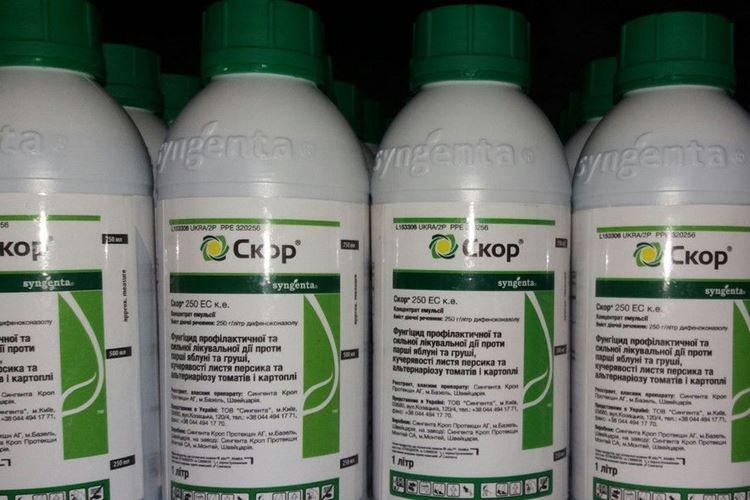
Folk remedies: how to fight?
If powdery mildew has just appeared, then minimal processing is sufficient.However, folk recipes are also good in cases where you just do not want to use chemistry. Just keep in mind that more spraying will be needed!
Ash
Ash is the best preventive measure against most fungal diseases. Its infusion is a good antiseptic and additional nutritional supplement. A liter of boiling water will take half a glass of ash, and the solution needs to settle for a couple of days.
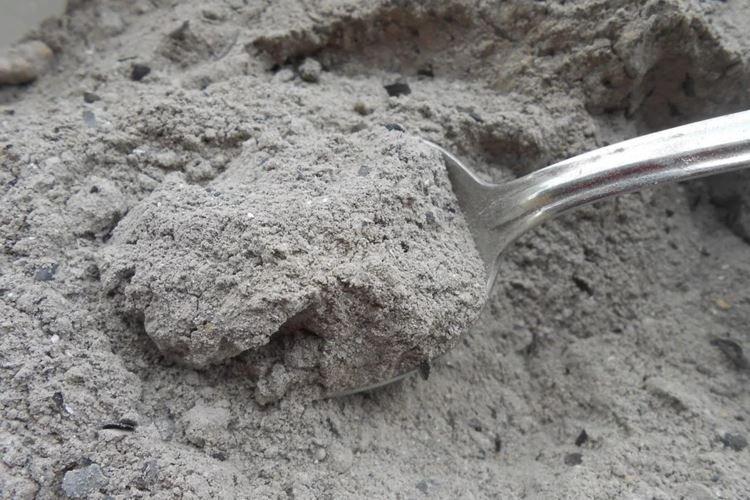
Siderata
The infusion of garden siderates is not only effective, but also a convenient tool to use, because it is only grass and water. Take half a bucket of green manure, add hot water to the top and let it brew for a couple of days before processing the gooseberry.
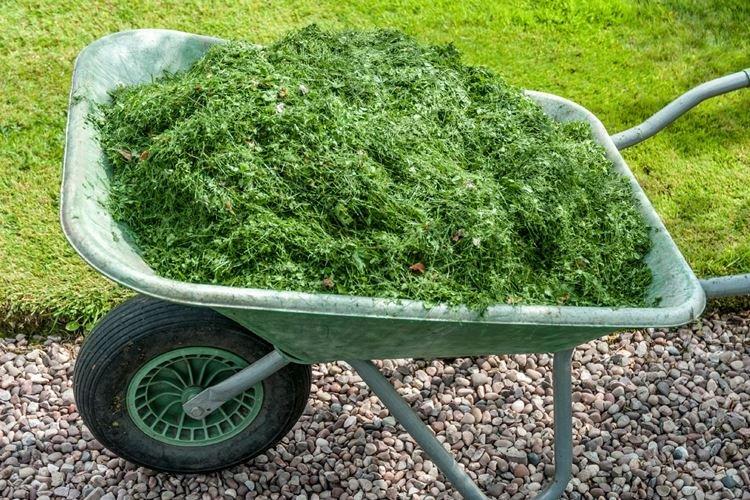
Onion peel
Many summer residents develop the habit of always preserving onion peel - it is so versatile. And in the fight against powdery mildew she has good success. For a bucket of boiling water, you need 200 g of husk, and leave the mixture to infuse for 2 days.
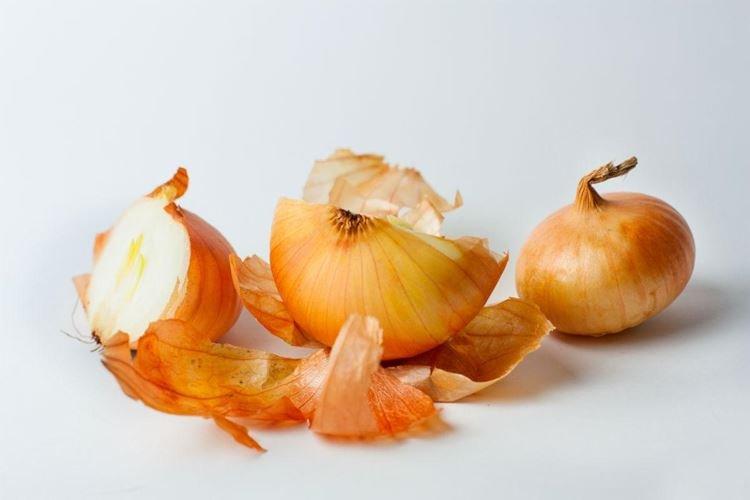
Mullein
This treatment combines the benefits of treatment and foliar feeding. To spray the gooseberries, pour a third of the mullein bucket with cold water and leave to infuse for 3 days, stirring occasionally. The procedure is best done in the evening, when the sun is no longer aggressive.
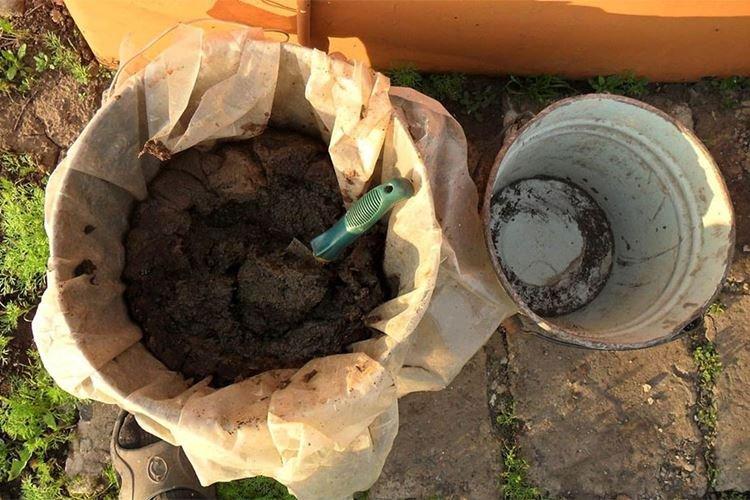
Iodine
Pharmaceutical iodine is a good antiseptic and an effective preparation for combating powdery mildew on gooseberries. Only 10 ml is needed per bucket of water, which can be measured with a syringe or just dripped 10 drops.
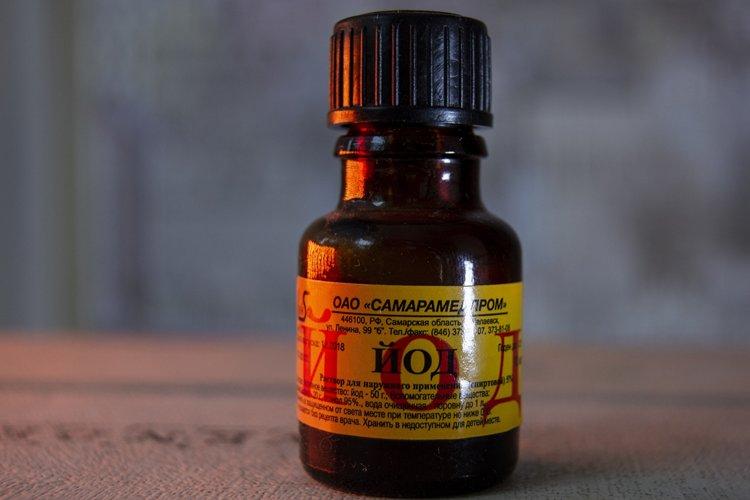
Aspirin
Another pharmacy drug that helps in the treatment of gooseberries is aspirin. For a liter of water, you need a crushed tablet, 1 tbsp. soda, a little liquid soap and vegetable oil. The main thing is to shake the solution well and use it during the season with an interval of 10-14 days.
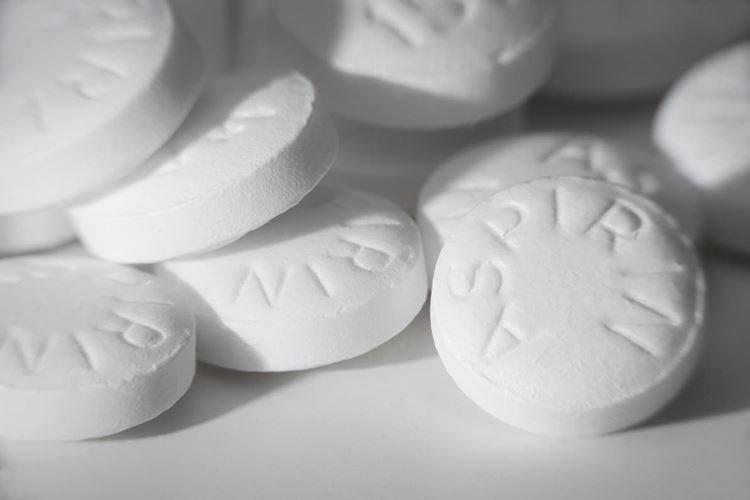
Potassium permanganate
Another universal antiseptic is used for dressing seeds and soil for a reason. When protecting gooseberries from powdery mildew, spraying with potassium permanganate also shows good results. Only 5 g of the product is needed for a bucket of water.
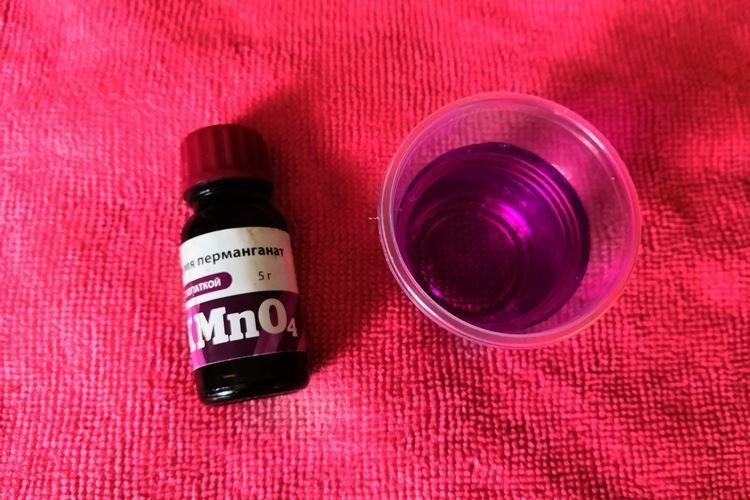
Kefir
Fermented milk serum with water in a ratio of 1:10 is a gentle, but almost miraculous remedy. Not only kefir is suitable, but also yogurt or sour milk.
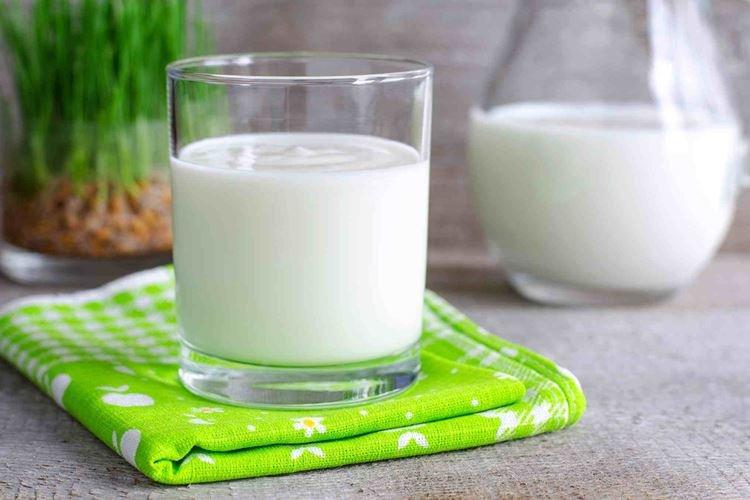
Prevention of powdery mildew on gooseberries
The fungus hibernates in last year's leaves and plant debris, so always remove them in the fall. After winter, carefully cut out any damaged and frozen gooseberry shoots. Do not thicken the planting, thin out the crowns and rejuvenate the shrubs in time - because all this is an ideal microclimate for powdery mildew.
In addition to fertilizers, do not forget about fertilizing to strengthen the immune system, because weaker plants are more vulnerable. For the prevention of powdery mildew, the timely introduction of potassium and phosphorus helps. And do not abuse nitrogen, because too much nitrogen also stimulates the development of the fungus.
Perform routine fungicide treatments every season from early spring to late fall. If you don't want to use chemicals, then use biologics or folk remedies. Inspect shrubs regularly to spot white bloom as early as possible and take action!
